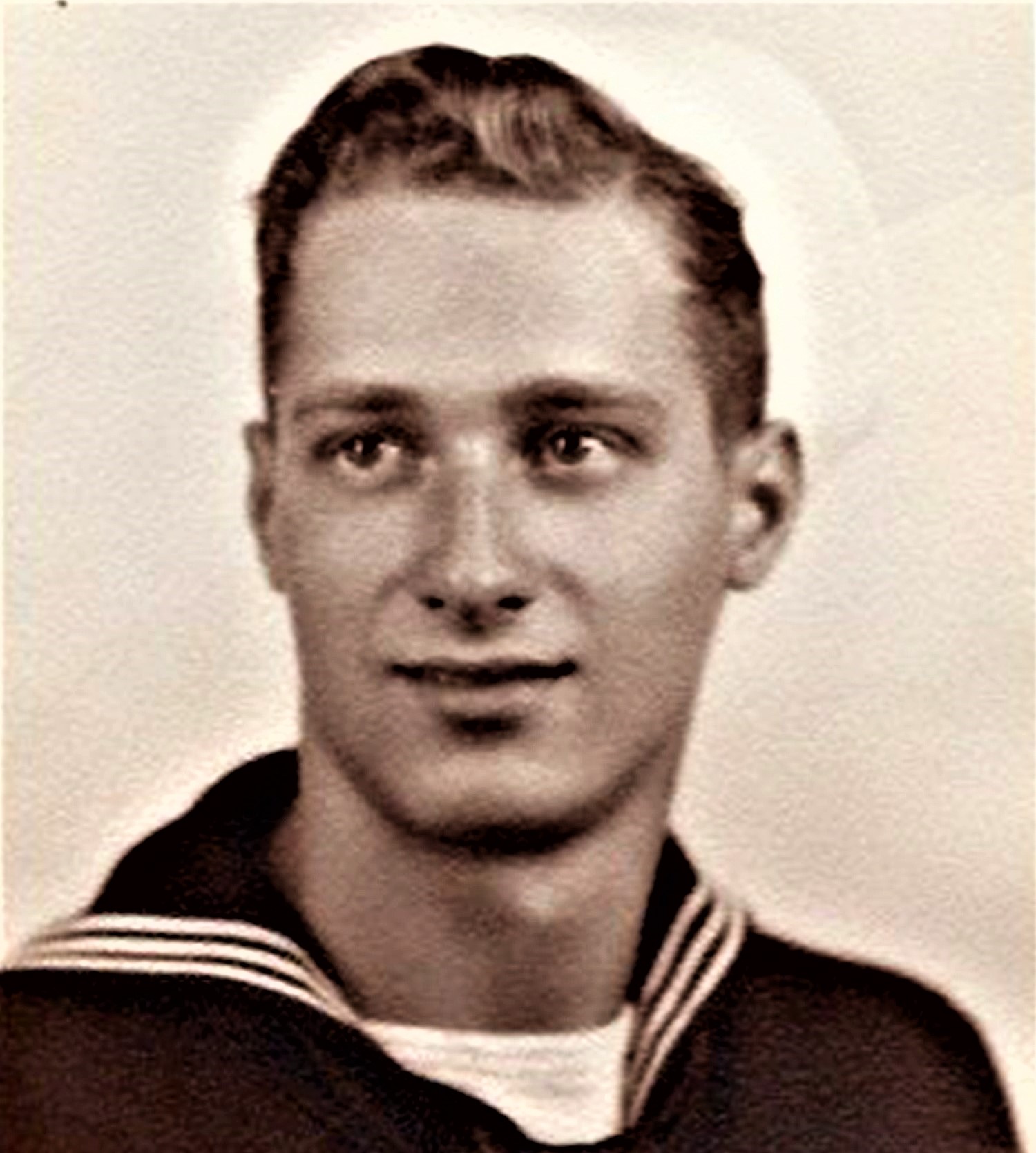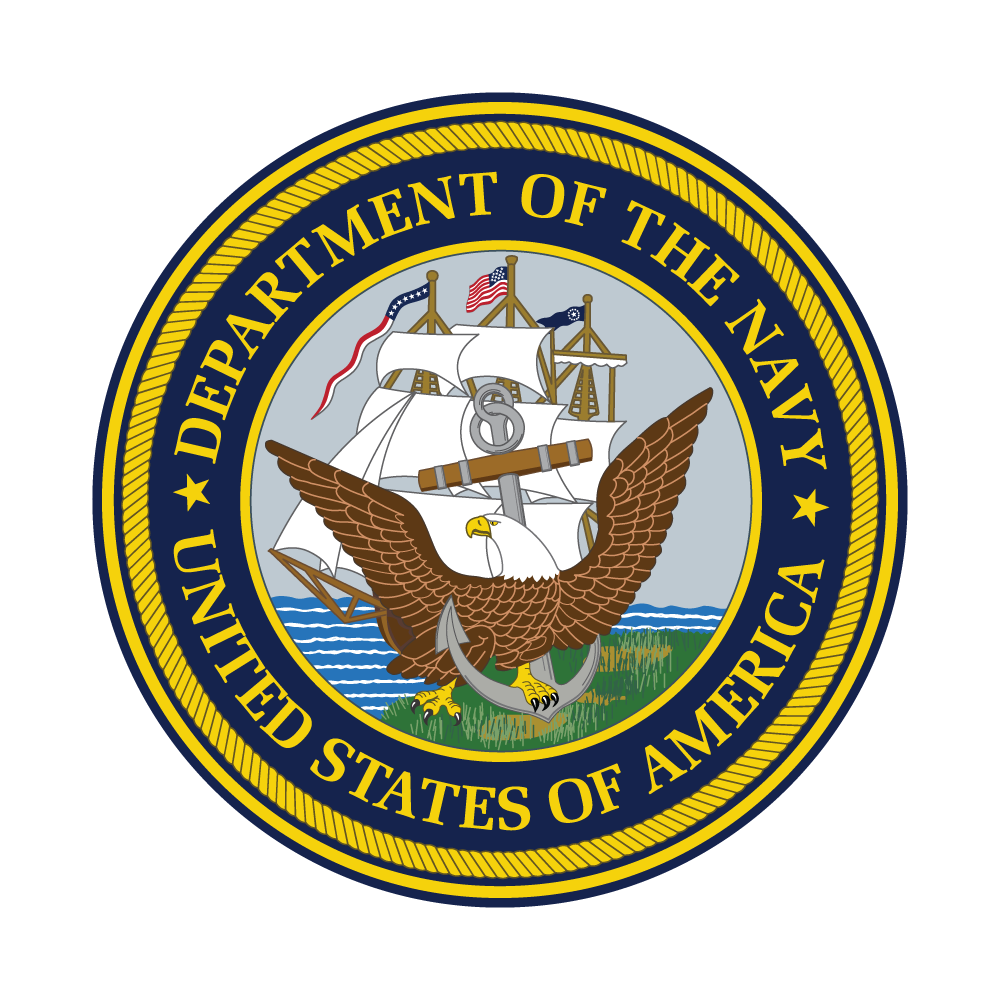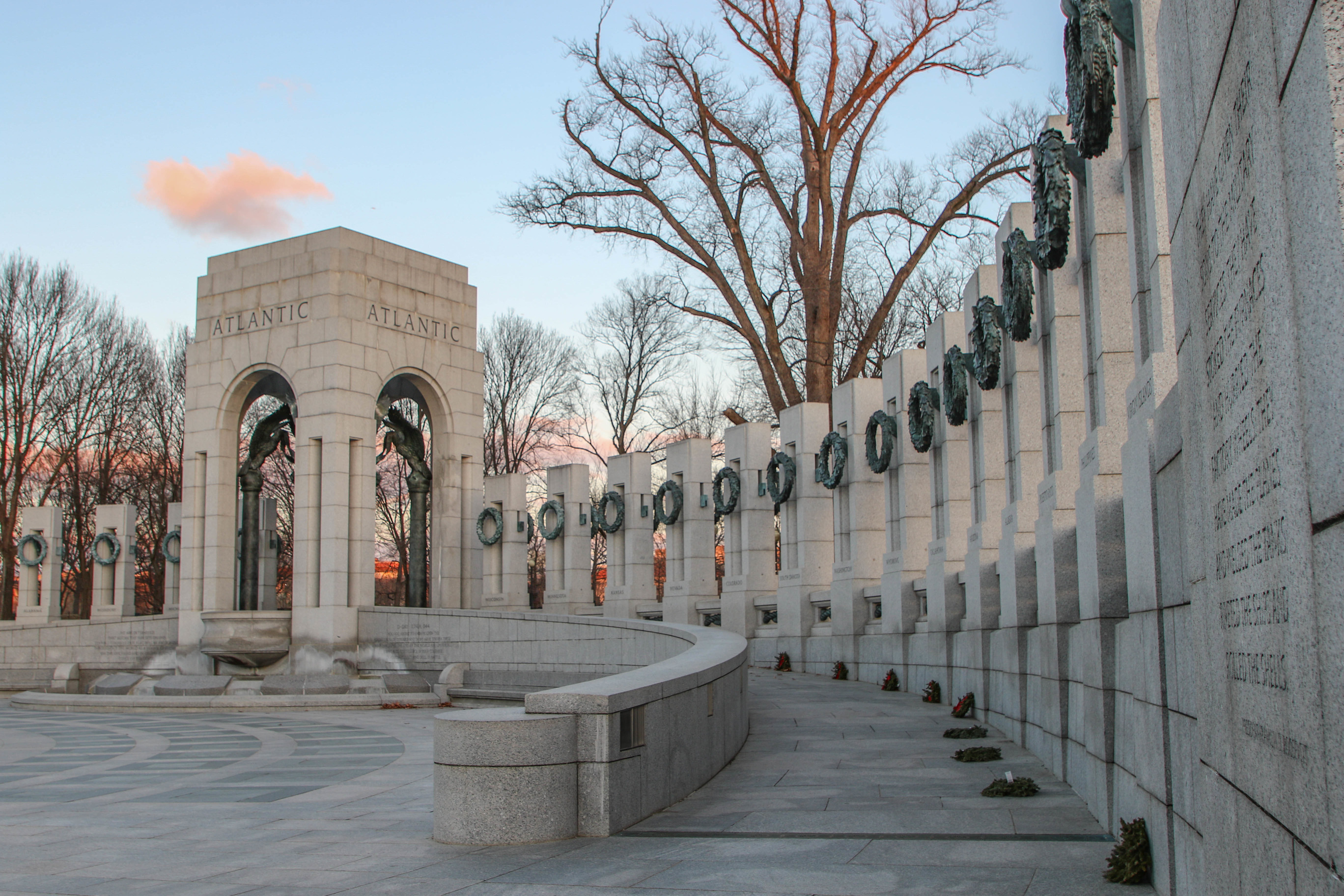World War II Honoree
World War II Veteran

Donald Wesley Norbut
Branch of Service
U.S. Navy
Hometown
Los Angeles, California
Honored By
American Legion Post #288 & CV Weekly Newspaper
Relationship
Comrade & Friend

“In 1944, they were coming in and drafting kids right out of school,” he said. “I was 17 and wanted to finish high school. He added that friends of his were being taken out of class and put into the military prior to graduating and he wanted to make sure that didn’t happen to him. So, he went to the U.S. Navy recruiter and signed up. “I made a deal. They could only come and get me after I graduated from high school and I would have turned 18,” he said. “I graduated on Friday, June 16 and, on June 27, they had their hands on my shoulder. On June 28 I was at boot camp in San Diego.” He spent three months in basic training and requested to be trained as an aerial gunner. He and several others were approved to be aerial gunners. “We were all lined up for the train,” he said for the train that would take them to aerial gunner training. “I had my hand on the rail, ready to get on the train, and the commanders yelled at us to get off the train,” he said. “They told us we were going to be trained as landing craft personnel.” So, the men went to Coronado and trained for three months. They were told if they could land the amphibious craft on the beach in Coronado despite the rough waters there they could land anywhere. “And they were right,” he added. “It was really rough.” After training he took a 13-hour train ride to Oakland. He and his shipmates were then put on a merchant ship. “That was on Christmas Eve,” he said. He did not have a lot of positive feelings toward U.S. Navy food. His shipmates also -did not have a lot of luck with the dining options. To this day, Chicken-a-la-King conjures up some nauseous memories. They sailed to Pearl Harbor in Hawaii for more training, this time with the U.S. Army. He recalled when they were told to get to a meeting area to set sail again. “We were early but were told the ship had already sailed and we had to come back the next day,” he said. That turned out to be a lucky thing because the ship they had missed ended up being sunk. But as ordered they showed up the next day and got onto the Navy destroyer USS Newcomb. He spent the rest of his time in the Pacific and South Pacific. He saw action and said he lost friends. One of his good friends died in the Philippines. “We grew up together,” he recalled. He had told his friend to join the U.S. Navy but his friend wanted to join the U.S. Army instead. “He said, ‘No, I am going to join the Army.’ He was killed his first time out,”. On Easter morning 1945, April Fools’ Day, he was on a landing craft. “The destroyer was shelling the shore and we were moving toward the shore. You could see and feel the shells going over your head,” he said. He added Japanese soldiers were in the hills waiting for the U.S. soldiers to land. He and his fellow sailors stayed there, transporting soldiers, and unloading merchant ships in open water, for several days. He credits a Boy Scout master with giving him a life-saving gift. “I was an Eagle Scout, and I had a Boy Scout master who was wonderful,” he said. The Boy Scout master had made special knives for each of the members of his troop who served in the war. He also gave them a silver dollar for luck. “That knife saved my life,” he said. He was unloading a merchant ship when the net that held all the heavy equipment broke. He knew it was coming down, right on him, so he threw himself backward into the water. The equipment came crashing onto the area where he had been standing, breaking the railing. When he went into the water, he was wearing his helmet, his gun, and a really heavy coat. “I was sinking. I threw off my helmet … still sinking. I threw off my gun … still sinking,” he said. “I knew it was my jacket, so I took out that knife and cut myself out of the jacket; I then got back up.” One of the main campaigns he was part of was the Battle of Okinawa. He watched Japanese aircraft attacking American ships from the air. He was on a ship on its way to Japan when Japan surrendered. At the end of the war, he headed back home. Initially he was to dock in San Pedro, which would have been close to his home; however, his commander wanted to go through the Panama Canal, so he was discharged instead in Norfolk, Virginia. He then had to make his way back home to Los Angeles.
